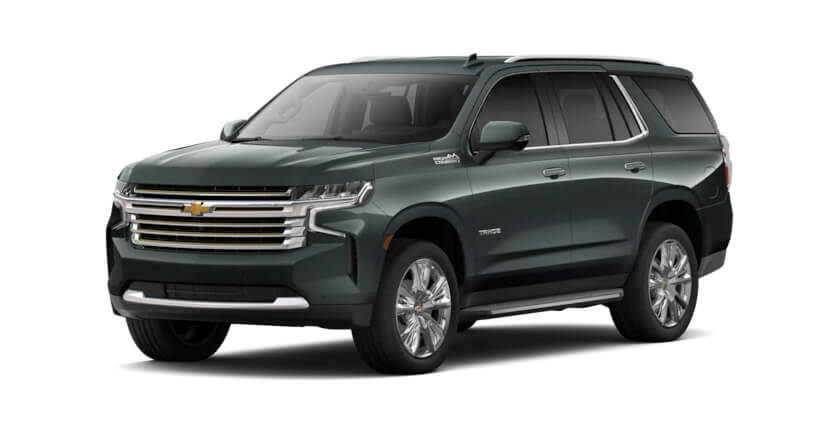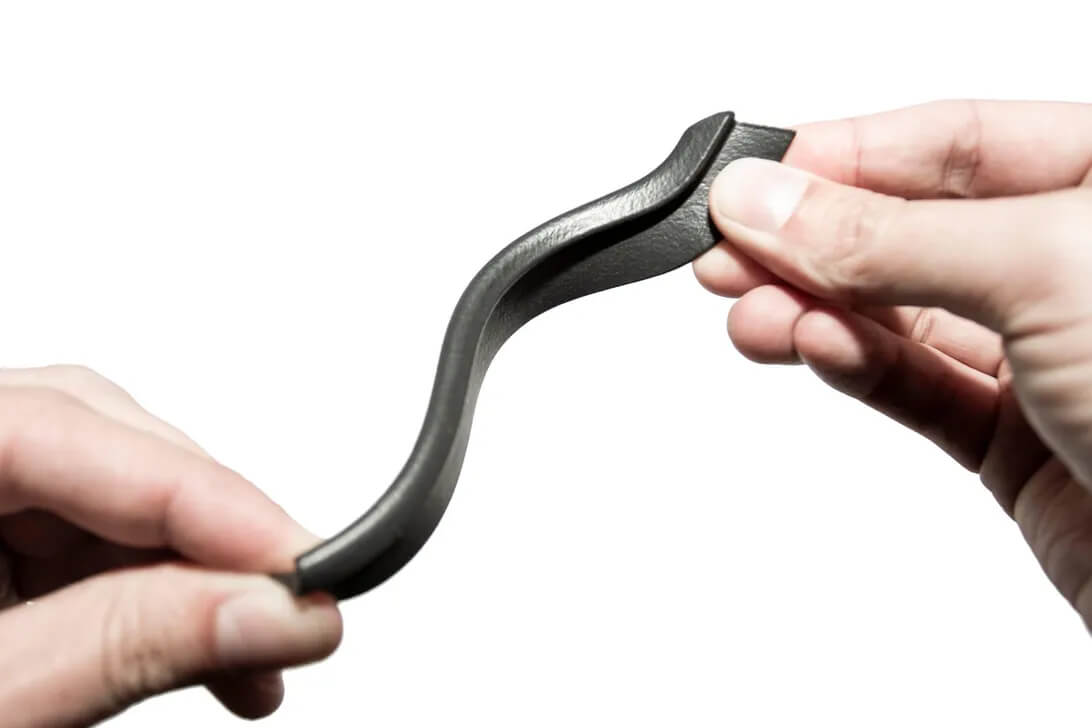Last minute design changes are a royal pain in the butt, especially when the product release is looming on the horizon.
This is why engineers have a concept known as a “design freeze”. It means once the design is signed off on, no further changes can be made, as it will upset operations downstream.
General Motors recently experienced such a headache when it decided to make an addition to the 2022 Chevy Tahoe, which needed a piece of plastic called a “spoiler closeout seal” for the rear of their new SUV. Let’s have a look at the freshly printed part. Here it is, below.

With the delivery of 30,000 new vehicles coming very soon, they needed a solution, and that solution (obviously) was additive manufacturing.
And in case you’ve never seen a Chevy Tahoe before (like myself) then here it is for context.

Due to the last minute change, GM needed a quick solution and they found this with California-based GKN Additive, who are in possession of the world’s largest fleet of HP MJF printers.
With this capability, the GM engineers were able to quickly design the part and have it sent to GKN Additive for manufacturing and post-processing.
Typically such a part would require tooling design to be manufactured in some form of molding process (such as injection molding). Naturally, these things have fairly big lead times, requiring first the part design proper (ensuring it is DfM’d for molding), then the mold design and potentially mold flow simulations, and all the rest of it.
With the mass of the GKN Additive HP printers at their disposal, GM were able to cut out the multitude of middlemen required for a molded part production run and go straight to printing the parts. The parts in their raw state looked a little rough at first (as seen in the first picture), but GKN Additive were able to vapor smooth their printed parts so they were as smooth as required.
You can see the smoothed part in the image below.

There were 60,000 of these parts produced for the 30,000 cars needed, so if my math is any good, that’s 2 parts per car, and the lead time for these parts was a mere 5 weeks, which is typically half the time needed to produce tooling and whatnot if opting for injection molding.
We have covered last-minute AM saves in the auto industry before, such as the time that Tesla used 3D printing to make some last moment pre-release jury rigging of the Tesla Y’s HVAC system, as you can see at this link.
But this does seem to be the first time that 3D printing was used as a solution to an auto supply chain issue at such a mammoth scale.
The question is, now that they have used it successfully as a last minute save, will they opt to use a 3D printed part in the next version of the Tahoe?
If it delivers the parts as specified, according to GM requirements, then why not?
Well, nobody has mentioned the cost of this yet, so we are going to go out on a limb and say that given enough planning next time, they may opt for injection molding.
Because while it is a reduced lead time, the cost per part of this item is likely far in excess of that for an injection molded part.
Nice to have options though, and AM certainly provides that.










